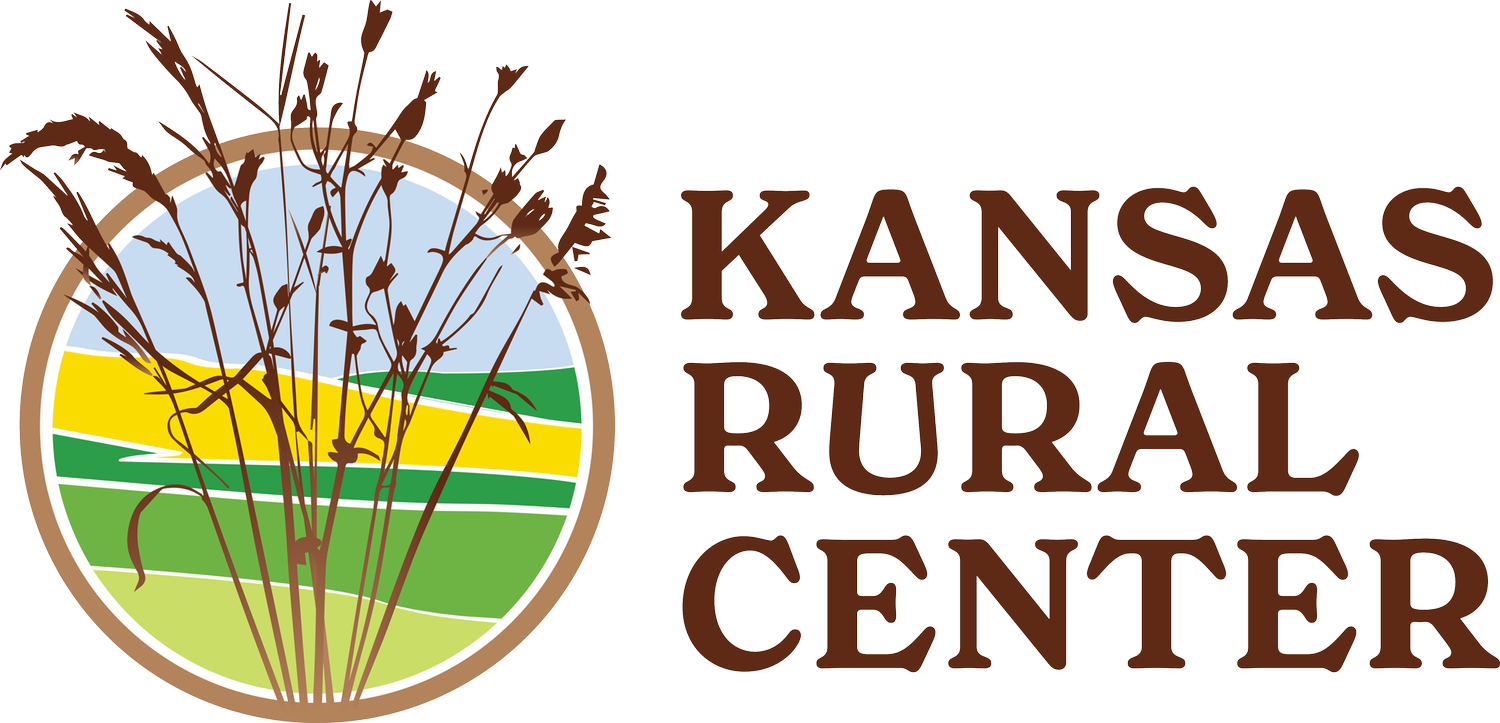Western Kansas Farmer Reflects on Conserving Playas After Decades of Farming Them
After more than 50 years of farming across the playa-filled plains of western Kansas, Mike O’Brate is seeing his land with fresh eyes — and it’s thanks to conservation.
The longtime Finney County producer has spent his career working on the ground his grandfather first farmed in 1948, a legacy that now spans three generations. But recently, O’Brate made the decision to transition 600 acres of playas — shallow, rain-fed recharge wetlands — from crop production into conservation, calling it “the best thing I ever did.”
“I can’t farm that land for what they’re paying me. But it’s not just the money,” O’Brate said.
“It’s non-productive ground. It drowns out every year. And now, I’ve got wildlife coming back. I don’t have to fertilize and replant the same wet patches year after year. It just made sense.”
After years of watching certain low spots in his fields cycle through drought and flood, O’Brate began to see them less as a nuisance and more of a natural part of the landscape worth protecting. Playas are vital, temporary wetlands that provide important habitat for wildlife and are a primary source of recharge to the Ogallala Aquifer, a critical water source for western Kansas. These shallow, clay-lined depressions collect runoff from the surrounding area, filtering out contaminants and directing water underground.
O’Brate enrolled in a 15-year playa conservation program that offered a competitive annual payment per acre. Even though the economics supported the choice, O’Brate emphasized the environmental impact — and the timing — as the deciding factors. “I was ready to slow down a little,” he said.
“I’d seen other people enroll. Ducks Unlimited helped a lot. I even got connected with them through the Governor’s Water Conference. The more learned, the more it felt right.”
As a board member of the Groundwater Management District No. 3 (GMD3) for the past 27 years, O’Brate has a unique view of the region’s water challenges. He’s seen the Ogallala Aquifer decline year after year, and he believes playa restoration offers a long-term tool in the state’s water conservation strategy.
“Those lakes may take 30 years to soak in, but they will recharge our aquifer,” O’Brate said. “You’ve got to start somewhere.”
ƠBrate has already seen signs of strain. Wells that once recovered over winter, now stay low. Some of his land will likely come out of irrigation in the next few years and return to dryland cropping.
As the state water conservation goals steer producers to work toward “Q-stable” — the amount of pumping that results in no aquifer decline — he says water policy will need to evolve with the realities farmers face.
“I’ve talked to Sen. Jerry Moran and Sen. Roger Marshall about it,” he said. “If they want people to get serious about conservation, the payment limits need to be updated. That’s how you get more neighbors to sign up.”
He sees payment caps as barriers that limit broader adoption of conservation efforts.
“The $50,000 limit was set back in the 1980s. That doesn’t stretch far today,” he said. “I’d love to do more, but I’m limited with a cap.”
The benefits, he said, are visible. Antelope, deer and waterfowl now frequent his playa acres. The land, once a repeated source of planting losses, now requires no inputs and supports biodiversity in a region where wildlife habitat is sparse.
“Out here, we don’t have trees. We can’t have turkeys. But these playas bring in so much,” he said.
At 73, O’Brate said he’s not planning major changes but still has more ground he could enroll in playa conservation programs. With many acres of CRP behind him and terraced fields across his operation, he’s focused on maintaining the work already done.
“I think I’ll be good for a while,” he said with a chuckle. “But I’d still like to see more people get involved. These playas are worth protecting — for our farms and our future.”
For producers like Mike O’Brate, conserving playas isn’t just good stewardship — it’s a smart investment in the future of western Kansas. Learn more about how playas support aquifer recharge and resilient farming at playasworkforkansas.com.
To discuss programs and options that can help meet your conservation objectives, contact PLJV Conservation Outreach Specialist Titus Jaeger at 620-272-2828 or Ducks Unlimited Biologist Abe Lollar at 620-214-2693.
Story written and distributed for reprint by Brityne Rucker - Communications Specialist for Playa Lakes Joint Venture (PLJV)

